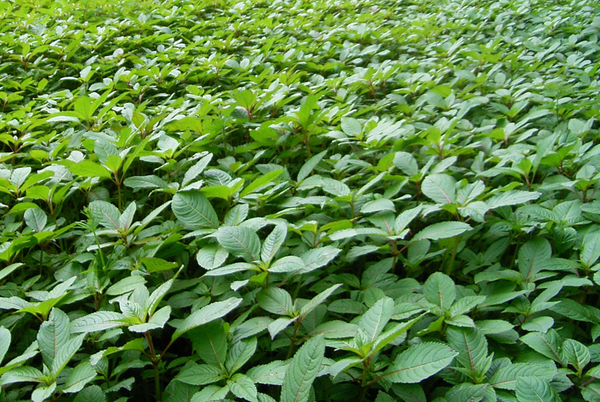Ebola and IAS
A conversation with Dr Arne Witt The recent outbreak of Ebola virus disease in West Africa made headline news around the world. During the outbreak this fatal disease, endemic to parts of Central and West Africa, rapidly spread from Guinea, Sierra Leone, and Liberia to other countries in the region such as Nigeria, Mali and…
Tackling Tutsan
Tutsan (Hypericum androsaemum) is invasive to New Zealand and Australia. Native to many countries throughout Europe and western parts of Asia, it is thought to have been introduced as a garden ornamental by acclimatisation societies in the 1800s due to its attractive yellow flower. Today, tutsan is a severe weed in several regions of New…
Tuta absoluta on the rampage in Africa
Watch a new video illustrating the devastating impacts that Tuta absoluta is having on tomato yields, and what this means for farmers who rely on these crops for sustenance and income. Dr Arne Witt, from CABI commented on the implications of Tuta absoluta infestation across Africa “Tomatoes are one of the most widely cultivated crops…
New in February 2015 from the ISC
In February 2015 the following datasheets were published on CABI’s Invasive Species Compendium (ISC). You can explore the open-access ISC here: www.cabi.org/isc Furcraea foetida (Mauritius hemp) – native to Central America, this evergreen perennial has been introduced worldwide as an ornamental, for its fibre and for erosion control. However, F. foetida can grow up to three metres…
Tuta absoluta, a new invasive invading India
Additional information about Tuta absoluta can be found on the CABI Invasive Species Compendium http://www.cabi.org/isc/datasheet/49260
New in January 2015 from the ISC
In January 2015 the following datasheets were published on CABI’s Invasive Species Compendium (ISC). You can explore the open-access ISC here: www.cabi.org/isc. Clerodendrum thomsoniae (bleeding glory bower) – native to West Africa, this vine has been widely cultivated in tropics and subtropics worldwide, and is naturalised in many places, including the USA, Australia and the Galapagos Islands.…
New in November 2014 from the ISC
In November 2014 the following datasheets were published on CABI’s Invasive Species Compendium (ISC). You can explore the open-access ISC here: www.cabi.org/isc Clerodendrum indicum (Turk’s turban) – this small shrub, native to temperate and tropical Asia, has been deliberately introduced principally to the Americas as an ornamental. Having long since escaped from cultivation, it is now established…
New in October 2014 from the ISC
In October 2014 the following datasheets were published on CABI’s Invasive Species Compendium (ISC). You can explore the open-access ISC here: www.cabi.org/isc Silybum marianum (variegated thistle) – this large, aggressive thistle was already recognised as a serious invasive way back in the 1800s. Native to the Mediterranean and parts of Asia and Russia, S. marianum is now…

